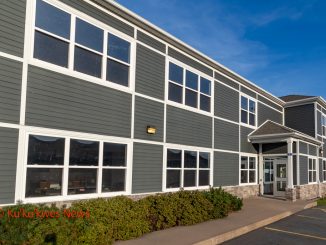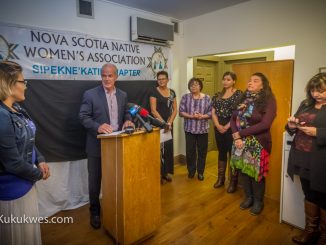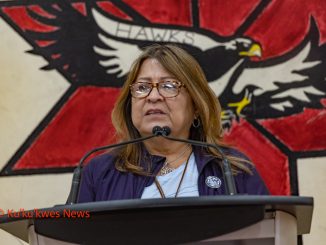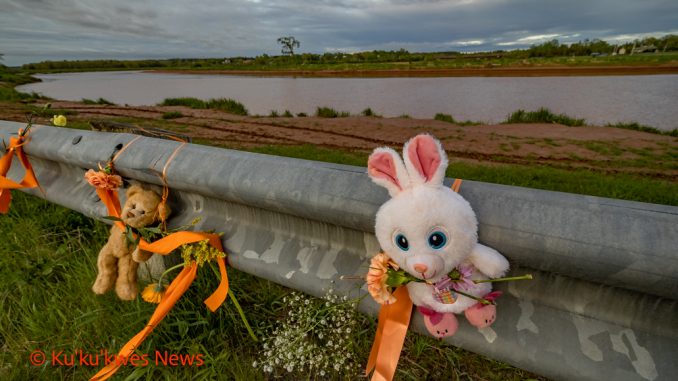
Teddy bears, flowers and orange ribbons were tied to the guardrail near the site of a former residential school in Nova Scotia to mourn the discovery of children’s remains on the grounds of another former residential school across the country in British Columbia.
Children’s shoes and flowers were also placed on the steps of Saint Kateri Tekakwitha Parish in nearby Indian Brook First Nation, N.S.
More than 50 people gathered near the former site of the Shubenacadie Residential School in Shubenacadie, N.S. on Sunday to show their support for the Tk’emlúps Secwépeme First Nation near Kamloops, B.C.
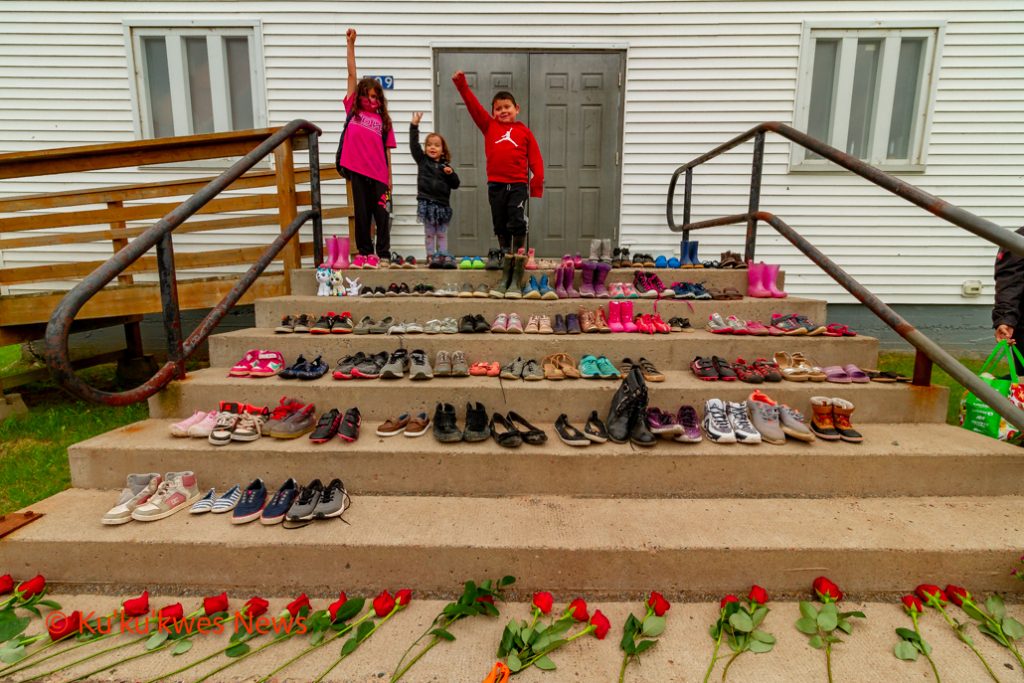
On May 27, Tk’emlúps Secwépeme Chief Rosanne Casimir announced in a news release that the remains of 215 children were recently discovered on the grounds of the former Kamloops Indian Residential School. The children’s remains were found with the assistance of a ground penetrating radar specialist.
“To our knowledge, these missing children are undocumented deaths,” Chief Casimir said in the news release. “Some were as young as three years old.”
The gathering in Shubenacadie was one of several gatherings held throughout Atlantic Canada in support of Tk’emlúps Secwépeme First Nation in B.C.
Wake up call for Canada – Alan Knockwood
Alan Knockwood, who attended the Shubenacadie Indian Residential School led the group in a moment of silence before several people with hand drums performed the Mi’kmaq Honour Song and the Sundance song.
“With the loss of so many kids out west, (it’s) kind of a wake-up call for the rest of the folks across Canada,” Knockwood said.
“We’ve been telling them during the time of reconciliation meetings that people have died and buried on residential school properties,” he said. “We have people buried here in Shubenacadie Indian Residential School as well as out west.”
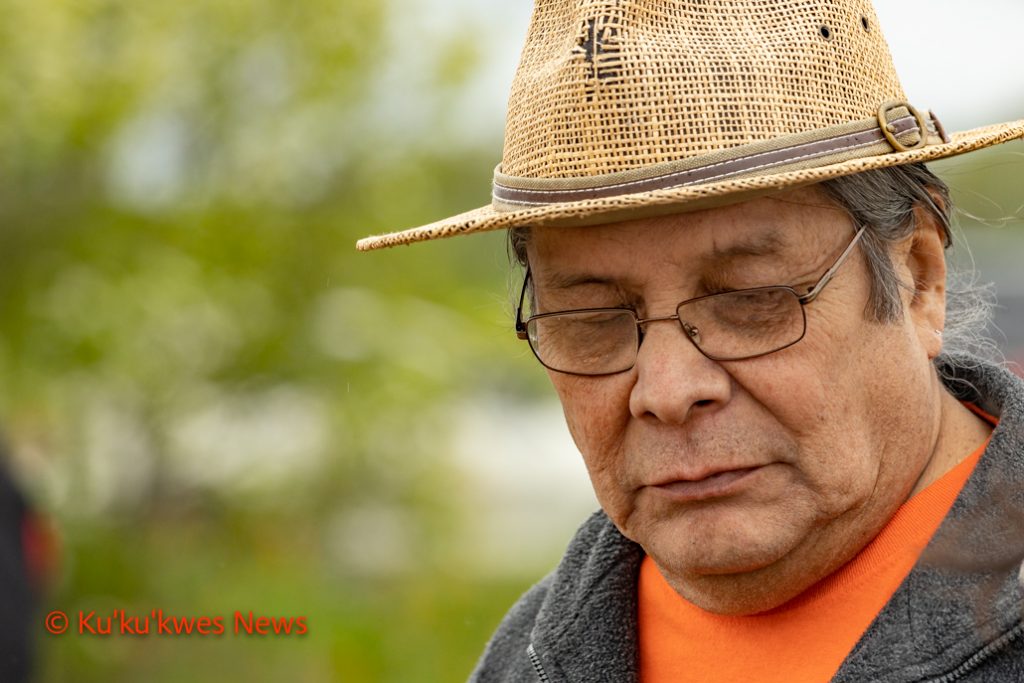
The Shubenacadie Indian Residential School was the only such school in Atlantic Canada. Nearly 2,000 Mi’kmaw and Wolastoqi children attended the school while it operated from 1929-1967.
In a community notice posted online on May 31, the Kwilmu’kw Maw-klusuqn Negotiation Office, or KMKNO, confirmed it has been working with the Mi’kmaq-Nova Scotia-Canada Tripartite Forum and elder Dorene Bernard scanning the grounds of the former residential school using ground-penetrating radar.
“To date, no graves or human remains have been found. We are still looking,” the notice stated.
KMKNO stated the working group plans to scan other locations near the former school property which includes a small lake.
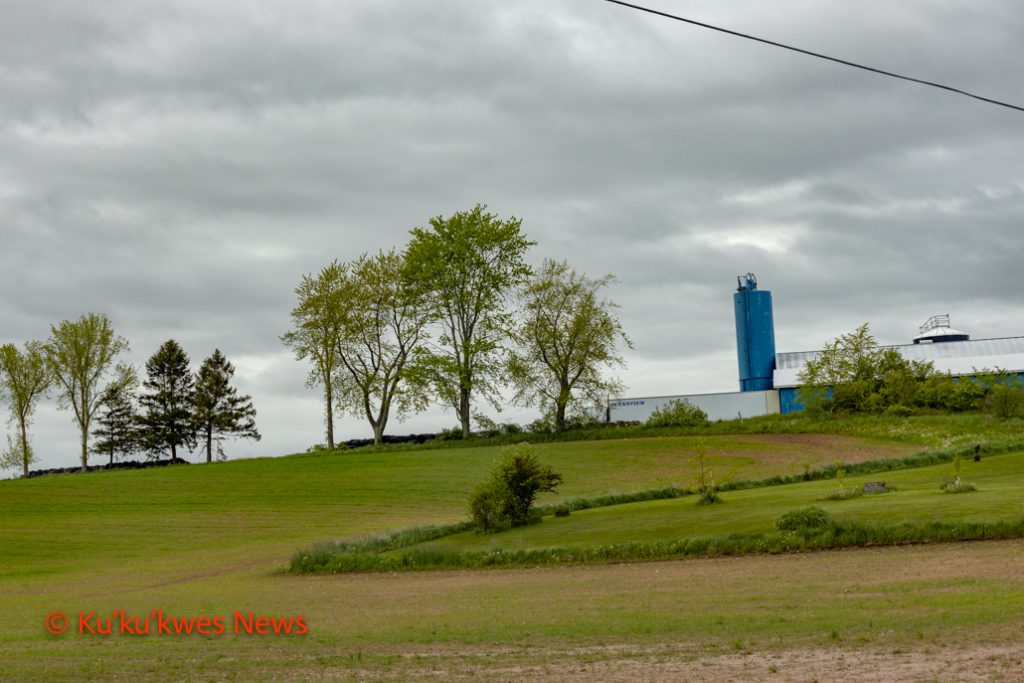
“We want to ensure that the site is fully investigated as this work is extremely important,” the notice states.
In a notice posted online on May 31, the interim president of the Nova Scotia Native Women’s Association called on the federal government “to check every residential school site with ground-penetrating radar.”
“Who know how many more residential school sites covered up the deaths of our children,” Bernadette Marshall said. “These were our ancestors, our families,” she said.
In response to those calls to examine the grounds of all former residential schools, Prime Minister Justin Trudeau said he is committed to providing Indigenous communities with the financial support they need to seek the truth.
“We have, as I said, put money forward a few budgets ago on initiatives around residential school cemeteries,” Prime Minister Trudeau said.
“There is obviously more to do and I think there will be more that we will do,” Trudeau said.
“We are all descendants of residential school survivors”
Catherine Tomer, a Mi’kmaq from the Indian Brook First Nation, N.S., helped organized Sunday’s gathering along the river in Shubenacadie.
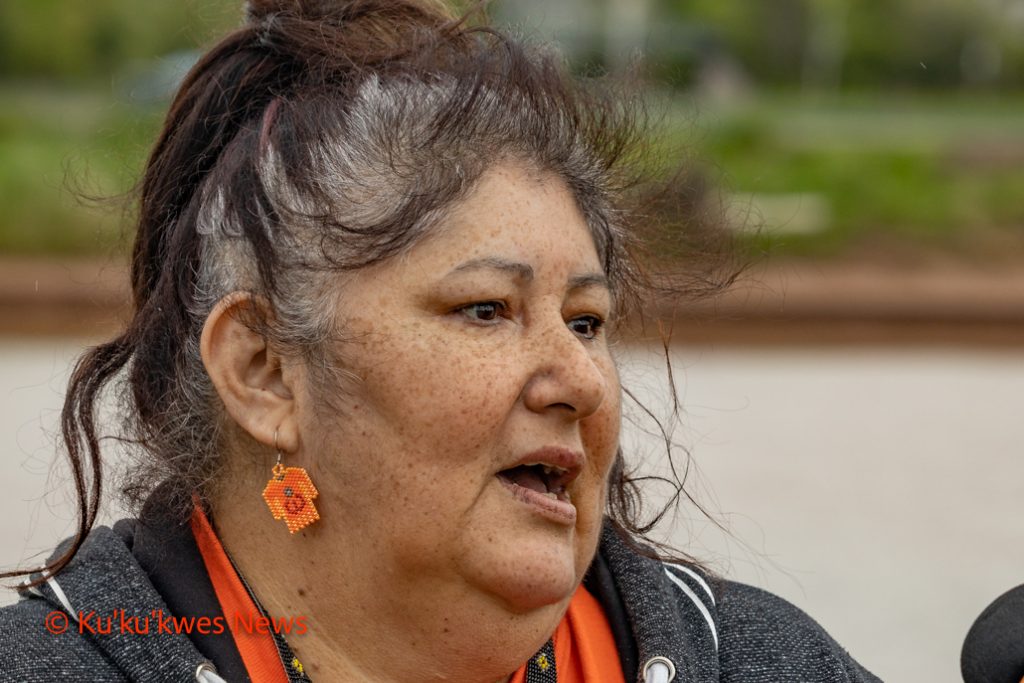
“It’s only right to do something because we are all descendants of residential school survivors,” Tomer said. Her mother, the late Alice Sylliboy, attended the residential school in Shubenacadie.
“I was thinking of my mom when I was tying up these ribbons today, how much she would have appreciated us getting together as a community and giving acknowledgement to this,” Tomer said.
Tomer said she felt a deep sense of sadness when she first heard of the tragic discovery of the children’s remains in B.C.
“I was really, really broken-hearted as a mother and grandmother,” Tomer said. “I cannot even imagine the broken hearts that they have right now,” she said.
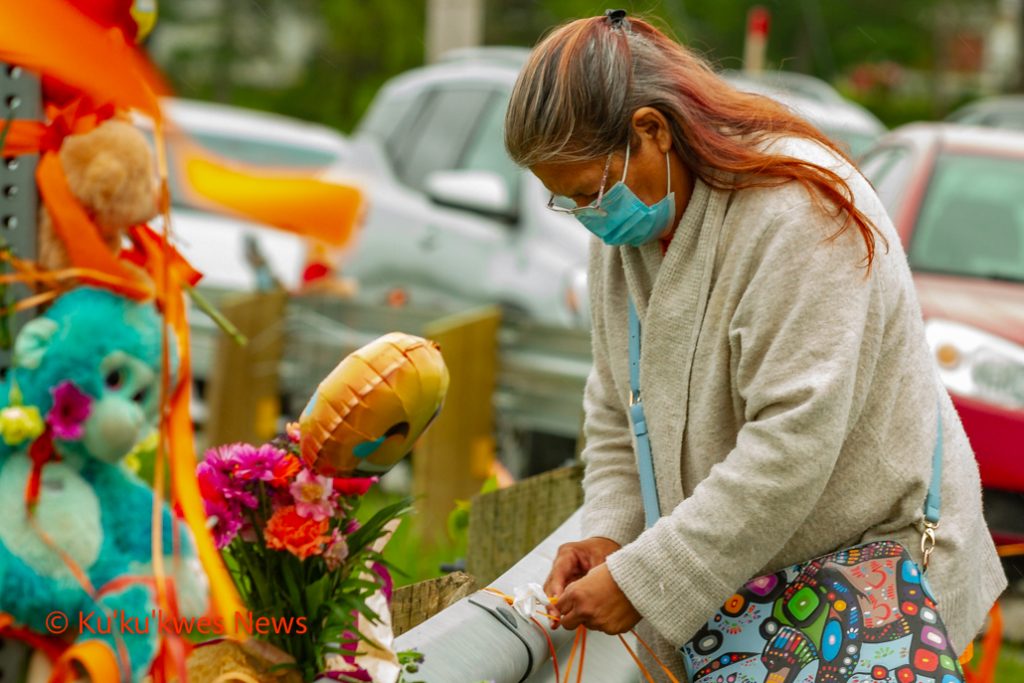
In reaction to the news from the Tk’emlúps Secwépeme First Nation about the discovery of the children’s remains, Nova Scotia Premier Iain Rankin ordered flags at all provincial buildings to be lowered to half mast for nine days from May 31 until June 8. Each hour during that time will honour one of the 215 children who lost their lives at the school in Kamloops.
In a news release issued on May 30, the Epekwitk Assembly of Councils, which represents the Lennox Island First Nation and Abegweit First Nation in Prince Edward Island, shared its support for the families of the 215 children who died at the Kamloops Indian Residential School.
“Let Canada remember that the pain felt and the loss caused by residential schools still exists, and is very real,” the news release stated.

